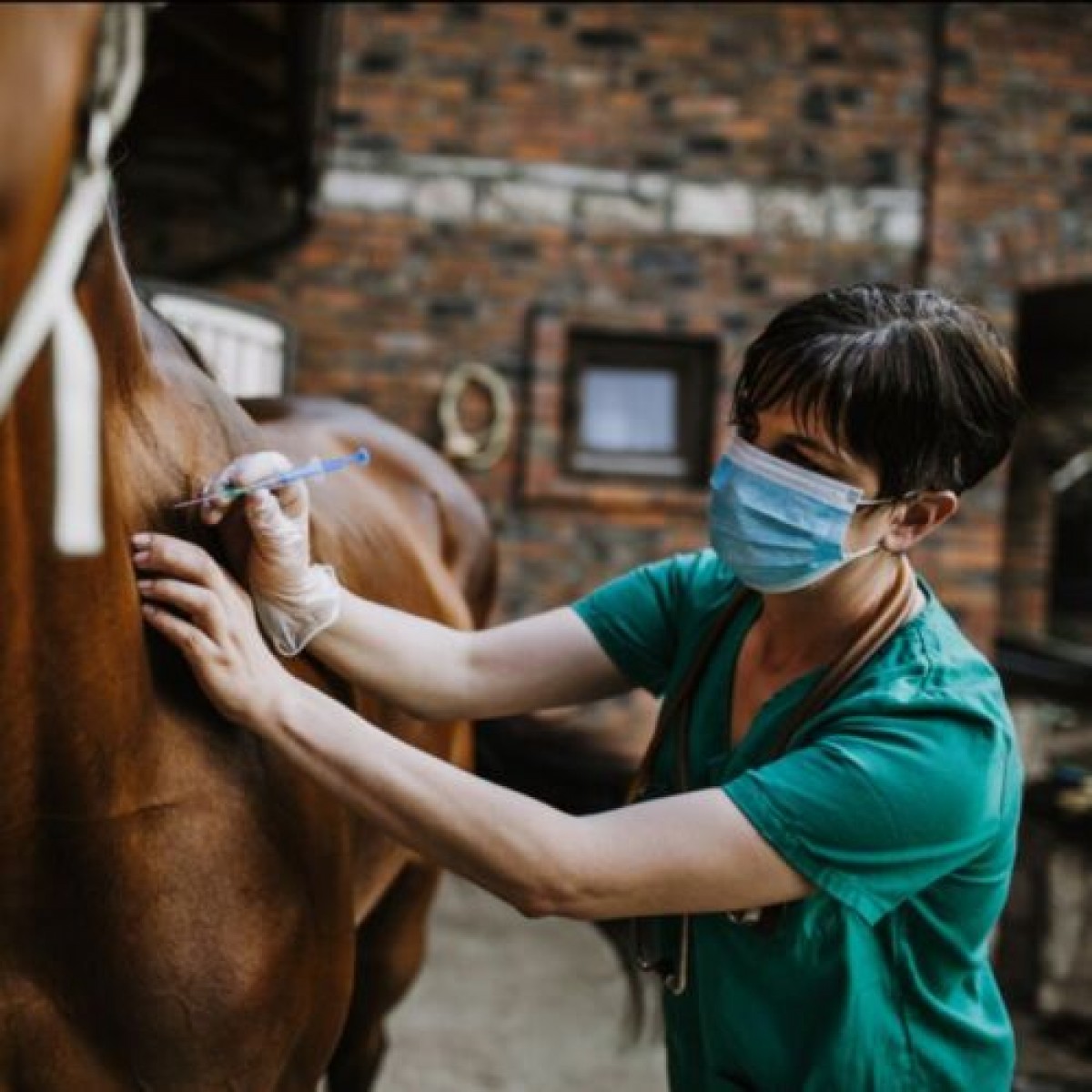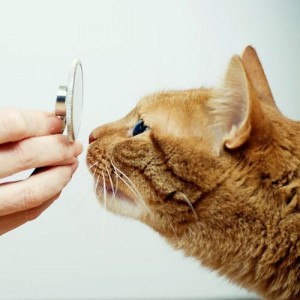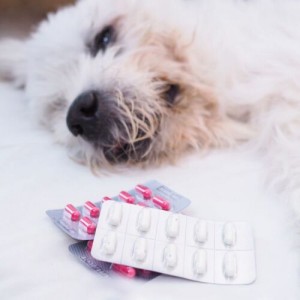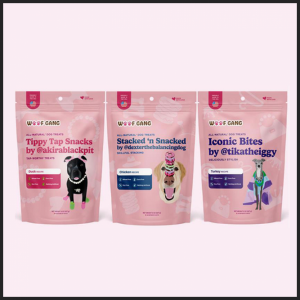The Foundation for the Horse campaign exceeds expectations
by Jenny Alonge
In January 2020, The Foundation for the Horse launched “Taking the Lead: The Campaign for the Horse,” with a $10 million goal. The project concluded on December 31, 2022, and the campaign gifts and commitments of $12,034,260 exceeded expectations. The campaign goal was to increase grant and scholarship support for equine medical research, veterinary students, and programs for horses at risk of abandonment, neglect, and infectious disease, or in need of urgent medical care.
“This is what we’re all about—providing resources so students become first rate equine veterinarians, researchers improve the practice of equine medicine, and programs help horses in times of urgent need,” said Foundation Chair Rick Mitchell, DVM, co-founder and partner-owner of Fairfield Equine Associates in Newtown, Connecticut. “It is our duty to serve the medical needs of the horse, and no other organization does what we do.”
Keep reading to learn about the Foundation’s recent contributions.
Support for AAEP-member research projects
In December 2022, The Foundation for the Horse awarded $110,277 for six innovative equine research projects conducted by American Association of Equine Practitioner-member graduate students, residents, or postdoctoral fellows. The Thoroughbred Education and Research Foundation (TERF) joined The Foundation for the Horse for the third consecutive year to help make these research projects possible. TERF’s mission is to make racing safer through education and research, and they funded three research projects that have the potential to impact Thoroughbred athlete health and safety.
The six supported research projects include:
- Dual licensing of mesenchymal stem cells to enhance tendon healing (TERF sponsored) — This project, led by Dr. Drew Koch, DVM, MS, Diplomate ACVS, at North Carolina State University, aims to use in vitro co-culture assays to determine if IL-1b and/or TGF-b2 licensed mesenchymal stem cells (MSC) positively affect equine superficial digital flexor tendon tenocyte growth, function, and expression of tendon-relevant genes and proteins. The research will support future in vivo studies examining licensed MSC therapy for equine tendon injury.
- In vitro analysis of the optimization of stem cell therapy for the treatment of osteoarthritis using equine synovial fluid derived from mesenchymal stem cells with a soluble epoxide hydrolase inhibitor (TERF sponsored) — Led by Dr. Alexandra Carlson, DVM, at the University of Tennessee, the project goal is to determine if using soluble epoxide hydrolase inhibitors (sEHi) with stem cell therapy can improve stem cell activity by reducing inflammation in the joint, while also eliminating adverse effects on the stem cells in typical anti-inflammatory treatment.
- Clinical evaluation of a rapid test strip, polymerase chain reaction, and enriched aerobic culture for the detection of Salmonella enterica in equine feces — Led by Dr. Emily Herring, DVM, at the University of Georgia, this project aims to evaluate the rapid test’s performance compared with culture and PCR, to detect Salmonella in equine fecal samples. All three tests will be performed in parallel on the same samples to assess their ability to correctly determine if a horse is infected with Salmonella.
- Short-term oil dietary supplementation effect on oocyte and cumulus cell metabolism in old mares — Headed by Dr. Giovana Di Donato Catandi, DVM, at Colorado State University, the project goal is to investigate how oils rich in omega-6 or omega-3 fatty acids affect the metabolic function of the oocyte and ovarian follicle cells. The study also hopes to determine if additional dietary supplements can optimize fatty acid use in the ovarian follicle while reducing potential side effects.
- A pilot study on an experimental model for palmar osteochondral disease (POD) in horses (TERF sponsored) — Led by Dr. Lauren Smanik DVM, MS, at Colorado State University, the project goal is development of an experimental POD model that will allow researchers to study disease progression in a controlled, prospective manner. The model will facilitate future studies on variables that may affect lesion severity and help develop an optimized treatment plan.
- Investigation of myristoylated alanine rich C-kinase substrate (MARCKS) protein as a novel therapeutic target to decrease neutrophil extracellular traps in equine asthma — Headed by Dr. Bethanie Cooper, DVM, this study aims to identify novel treatment alternatives to steroid therapy for horses with equine asthma through neutrophil extracellular traps, released by airway neutrophils, as potential therapeutic targets.
Innovation and Discovery Research Grants
Also in December, The Foundation for the Horse awarded their Innovation and Discovery Research Grants, totaling $190,383, to four established equine investigators. This program is possible thanks to a generous gift from Mrs. Penelope Knight and her Coyote Rock Ranch. The supported projects include:
- Sweeping planar beam imaging of the equine spine and pelvis — Adam Biedrzycki, BVSc (Hons), PhD, BSc (Hons), and his team at University of Florida College of Veterinary Medicine developed a standing unit with an industrial X-ray tube that can 3D image thick tissue, such as the pelvis and spine, without emitting more radiation than traditional radiology. This technology allows imaging and precise injection into areas such as the sacroiliac joint.
- Development of single-domain antibodies (sdAb) to block endotoxin in horses — Dr. Christopher Cebra, VMD, MA, MS, DACVIM, and his team at Oregon State University Carlson College of Veterinary Medicine will generate a library of nanobodies, which are more capable of tissue penetration, to bind endotoxin and hopefully create a novel therapeutic for endotoxemia in horses.
- Antibacterial effects of lyophilized platelet lysate (PL) — Donor horse PLs have shown promise as an antibiotic alternative. Dr. John Peroni, DVM, MS, DACVS, and his University of Georgia College of Veterinary Medicine team will determine if PL can be stored on the shelf as a powder, and if this will work as an antimicrobial against certain equine infectious organisms.
- Mitigating corticosteroid-induced laminitis risk — Dr. Lauren Schnabel, DVM, PhD, DACVS, DACVSMR, and her North Carolina University College of Veterinary Medicine team will compare steroid absorption following knee and sacroiliac injections. They also will determine the metabolic effects on the horse to help develop guidelines for safe steroid use.
About The Foundation for the Horse
Established in 1994, The Foundation for the Horse is a 501(c)(3) charitable organization dedicated to improving the welfare of the horse through Education, Research, and help for Horses at Risk. It is governed and stewarded by world-renowned equine veterinarians and equine stakeholders. In 2022, and for the second consecutive year, The Foundation awarded over $1 million in scholarships and grants to impact equine health and well-being throughout the U.S. and developing countries. To learn more, visit www.foundationforthehorse.org.














List
Add
Please enter a comment